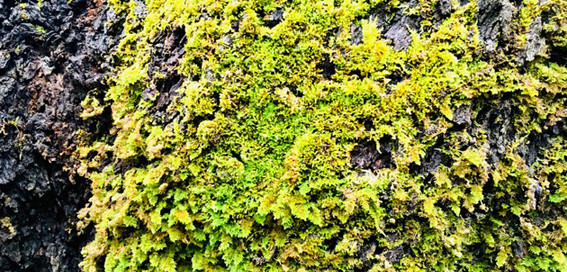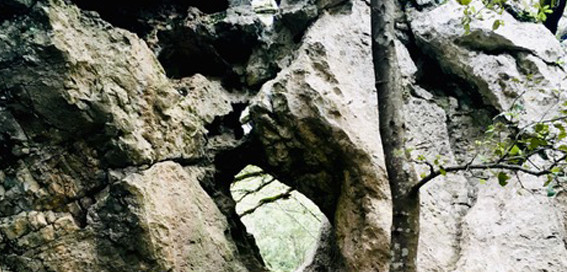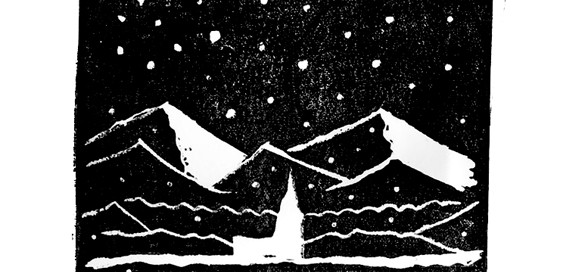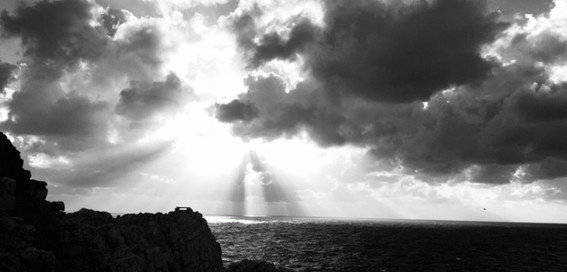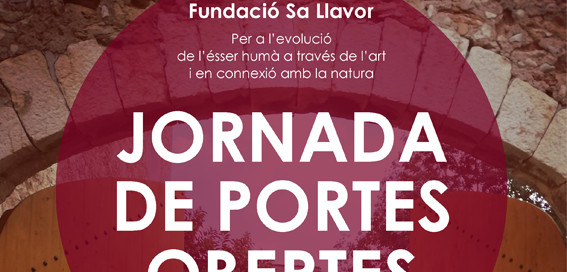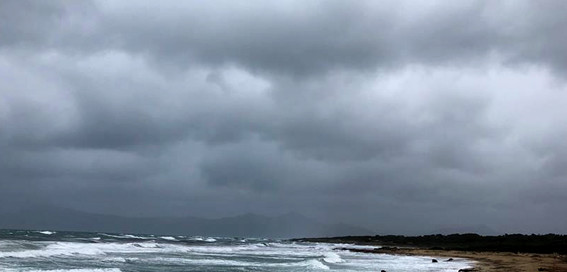NATURE’S GIFTS
I often went alone. Sometimes, lost in amazement, I went deep into the woods, and I imagined that I was Mowgli, the character of Rudyard Kipling, the child raised by the wolves, so I took off almost all the clothes for the climb. If I climbed to a sufficient height, the branches grew thinner to the point that, if the wind blew, the world would lean down and then up. It was scary and it was wonderful to surrender to the power of the wind. My senses were filled with the sensation of falling, of climbing, of swinging; Around me the leaves split like fingers and the wind came in sighs and hoarse whispers. The wind also brought scents, and the tree itself certainly released its perfumes faster when the gusts blew. Finally, there was only the wind that moved between all things. Now, when the days of climbing trees have long passed, I often think of the lasting value of those first days of sweet laziness. I have come to appreciate the wide view offered by the tops of those trees. Nature calmed me, focused and at the same time excited my senses. Last Child in the Woods. Richard Louv

